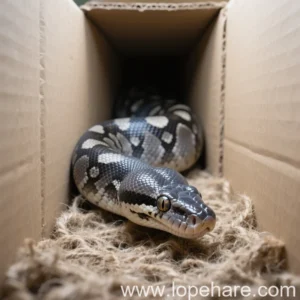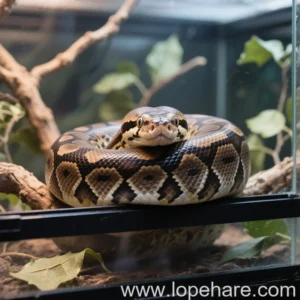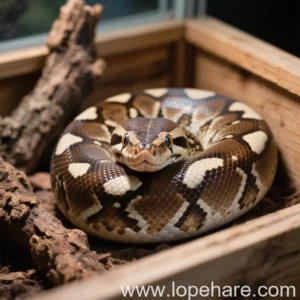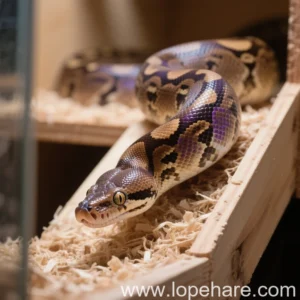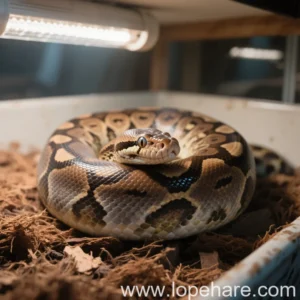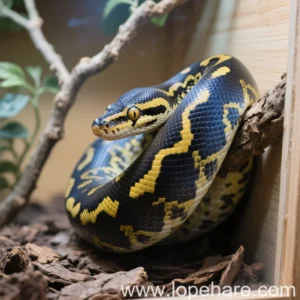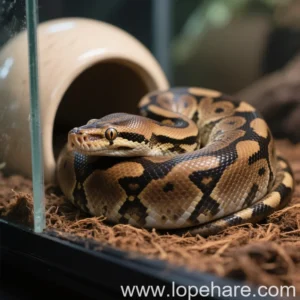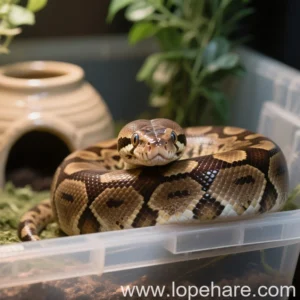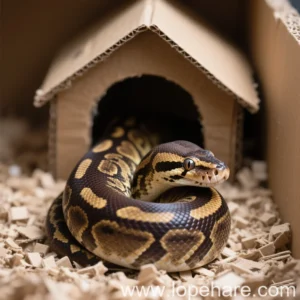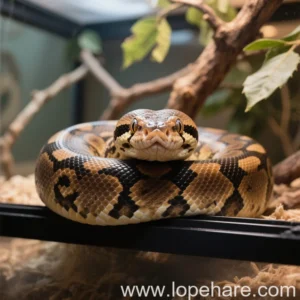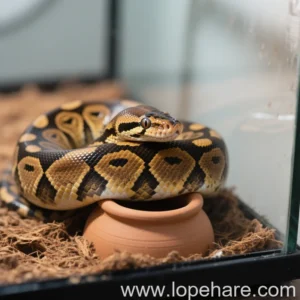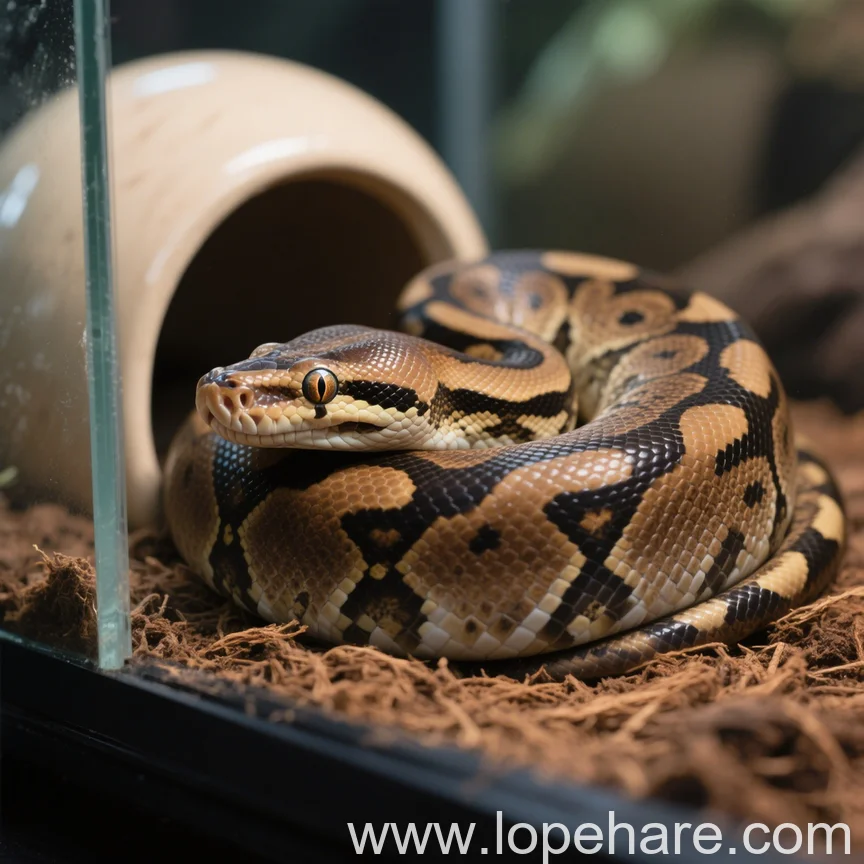
Reptile Care
Ball Python Handling Tips: Building Trust Without Stressing Your Snake
Welcome to lopehare.com! As enthusiasts dedicated to small and exotic pets, we know that bringing a Ball Python into your home is a truly unique experience. These docile snakes, scientifically known as Python regius, are popular for their generally calm temperament and manageable size. However, successful ownership goes beyond just providing the right enclosure and diet; it involves building a relationship based on trust and respect for their natural instincts. Proper handling is key to this, ensuring both your safety and the snake’s well-being. Our goal here is to guide you on **how to safely handle a Ball Python** while minimizing stress.
Understanding Ball Python Behavior
Ball Pythons get their name from their tendency to coil into a tight ball when stressed or frightened, hiding their head in the center. This is a primary defense mechanism. Unlike some more exploratory snake species, Ball Pythons can be quite sedentary and prefer hiding. Understanding this natural inclination towards security and discretion is fundamental to appropriate handling. They are not inherently social animals in the way a dog or cat is, but they can become accustomed to gentle, predictable interaction.
Why Proper Handling Matters
Consistent, careful handling serves several crucial purposes:
- Acclimation: It helps your snake become comfortable with human presence and interaction, reducing their stress response over time.
- Health Checks: Regular handling allows you to observe your snake closely for any signs of illness, injury, or shedding issues that might otherwise go unnoticed.
- Bonding (of sorts): While not a traditional “bond,” it allows for interaction and can make future necessary handling (like vet visits or enclosure cleaning) less stressful for the snake.
- Prevents Fear-Based Aggression: A snake constantly stressed by handling is more likely to bite out of fear. Proper technique minimizes this risk.
Recognizing Signs of Stress or Fear
Before attempting to handle, and throughout the session, it’s vital to read your snake’s body language. Recognizing stress in Ball Pythons is the first step to preventing it. Signs include:
- Ball Posture: Tightly coiling into a ball with the head tucked inside.
- Hissing or Heavy Breathing: Auditory signs of discomfort.
- Tail Vibrating: A rapid rattling or vibrating of the tail against surfaces.
- Receding Head: Pulling the head back or away from your hand.
- Attempting to Escape: Rapid, jerky movements trying to get away.
- Striking or Biting: The most obvious sign of significant stress or fear, usually a last resort.
Observe First: If your snake is exhibiting any of these signs strongly, do not attempt to handle them at that moment. Give them space and try again later when they appear more relaxed.
Preparing for a Handling Session
Preparation ensures the experience is positive for both of you.
- Timing: Handle your snake when they are naturally more active, typically in the evening or at night, as they are nocturnal. Avoid handling right after feeding (wait 48-72 hours to prevent regurgitation) or when they are in shed (their vision is impaired, and they are often irritable).
- Hygiene: Always wash your hands thoroughly with plain soap and water before and after handling. This prevents transmitting germs to your snake and eliminates any lingering food smells that might cause a feeding response bite.
- Environment: Choose a safe, quiet, and warm space free of potential dangers like other pets, small children, or escape routes. A clean bed or floor area works well, away from high ledges or open windows. Ensure the room temperature is comfortable for the snake.
- Confidence: Approach with calm confidence. Snakes can sense nervousness, and hesitant movements can be perceived as predatory.
The Gentle Approach: Initiating Contact
Approaching the enclosure correctly signals your harmless intentions.
- Knock or Tap Lightly: Announce your presence so you don’t startle them.
- Open Slowly: Gently open the enclosure door.
- Approach from the Side/Below: Never approach directly from above, as this mimics a predator. Offer your hand (clean!) from the side, slightly below their head level.
- Allow Investigation: Let your snake investigate your hand with their tongue flicks. This is how they gather information about their environment. Be patient; don’t rush this step.

Safe Lifting and Support Techniques
Once the snake seems comfortable with your presence:
- Slide, Don’t Grab: Gently slide your hand or fingers underneath the snake’s body, around the middle section. Avoid grabbing or squeezing.
- Provide Support: Use both hands to support the snake’s body as you lift. Ball Pythons are muscular and need adequate support, especially larger ones. Think of it like supporting a heavy rope; don’t let their body just dangle.
- Allow Movement: Let the snake move through your hands naturally. Do not restrict their movement unless absolutely necessary for safety. They will grip with their muscles for stability, which is normal.
- Keep Low: Especially when starting out, keep the snake close to a surface (like your lap or a table) in case they try to move quickly or unexpectedly.
Handling Duration and Frequency
Keep handling sessions short initially (5-10 minutes) and gradually increase the duration as your snake becomes more comfortable. Aim for a few handling sessions per week rather than daily, particularly when first getting them used to it. Over-handling can be just as stressful as improper handling.
Building Trust and Positive Association
Consistency is key. Regular, calm, positive interactions teach your snake that you are not a threat. Always end a session on a positive note, returning them gently to their enclosure before they show signs of stress. Over time, many Ball Pythons become very relaxed during handling, calmly exploring or simply resting wrapped around your arm or neck.
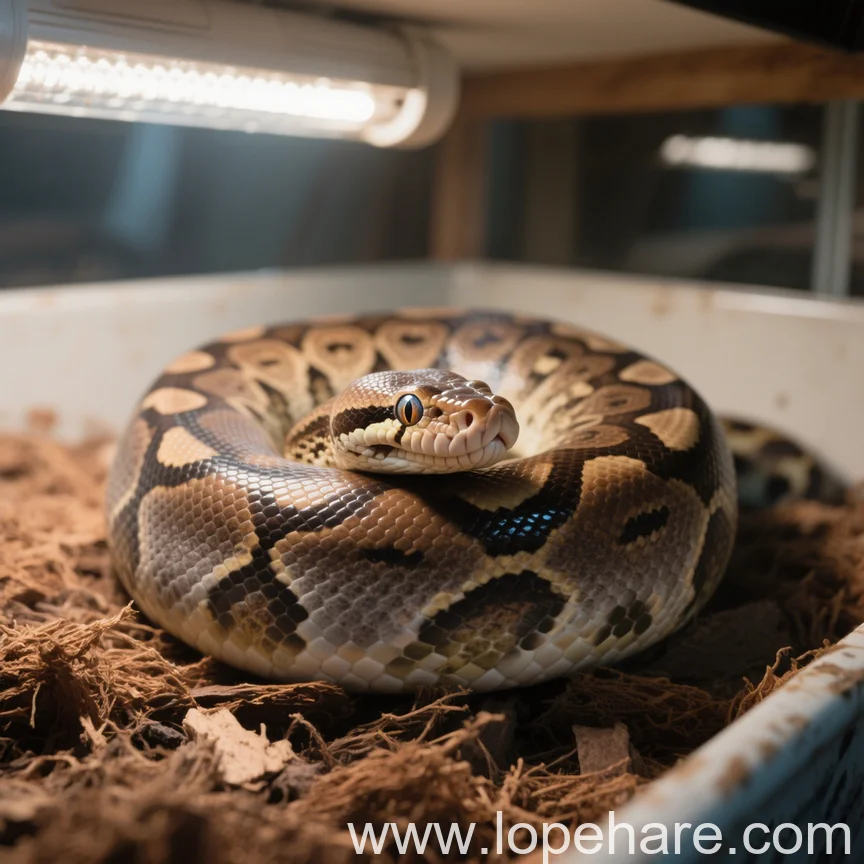
Be Patient: Some snakes will take longer than others to become comfortable with handling. Never force interaction. Patience and consistency are your most valuable tools.
When NOT to Handle Your Ball Python
There are specific times when handling is detrimental:
- After Feeding: As mentioned, wait 2-3 days after feeding. Handling can cause regurgitation, which is very stressful and unhealthy for the snake.
- During Shedding: When their eyes are cloudy (“in blue”) or their skin is dull before shedding, they are vulnerable, their vision is poor, and they are often more defensive. Wait until the shed is complete and their eyes are clear.
- If Sick or Injured: If your snake shows any signs of illness, lethargy, or has visible injuries, avoid handling unless necessary for treatment or vet transport.
- If Clearly Stressed: Refer back to the stress signs. If they are balled up or actively avoiding you, respect their boundaries.
Troubleshooting Common Handling Issues
What if your snake remains resistant to handling?
- Persistent Balling: Try shorter, more frequent sessions. Focus on just getting them out and back in calmly. Sometimes, just letting them sit on your lap (with support) without trying to make them move much can help.
- Hissing/Striking: This indicates fear. Reassess your approach. Are you moving too fast? Is the environment stressful? Go back to basics: gentle, slow movements, allowing them to investigate your hand before attempting to lift. If strikes persist, you may need to work with a snake hook initially to lift them out, transitioning to hand-handling once they are out of the enclosure and less defensive.
- Escape Attempts: Ensure your handling area is secure. If they are constantly trying to escape, they are likely stressed. Shorten sessions, lower the handling height, and ensure you are providing adequate support.
Remember, every snake is an individual. Some may be naturally more outgoing, while others remain shy. The goal isn’t necessarily to have a snake that loves to be handled, but one that tolerates it without undue stress.
Conclusion: A Rewarding Connection
Handling your Ball Python correctly is a practice that requires patience, observation, and respect for their nature. By understanding their cues, preparing appropriately, and using gentle techniques, you can create positive interactions that benefit both you and your snake. At lopehare.com, we believe that responsible pet ownership means meeting the animal’s needs, and for Ball Pythons, this includes learning to interact with them in a way that builds comfort, not fear. Investing the time in proper handling is one of the most rewarding aspects of keeping these fascinating reptiles.
References
- Ball python – Wikipedia
- Fear in reptiles – Wikipedia (General information on reptile stress response)
